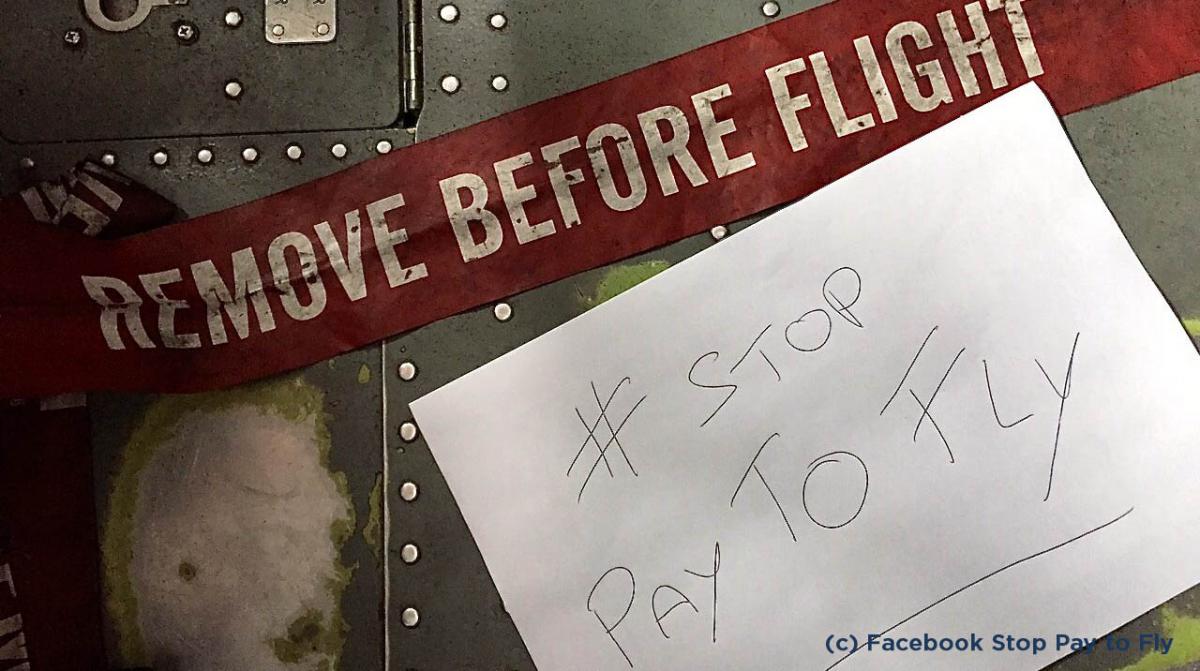

If you haven’t watched the P2F video or signed the Petition, now is the moment. Hours after the video’s release a wave of comments, likes and shares followed. Within days, more than 150.000 people watched and shared their outrage on Pay-to-Fly schemes. Many questions followed with one persistently coming up: Which airlines use P2F schemes? Straight question, difficult answer.
As pilots are mostly facing hard times few would risk exposing the company they pay and fly for. In fact, pilots can be blackmailed or threatened should they disclose or disagree with the P2F scheme they enrol in. This French pilot e.g. was harassed by his management. In such circumstances, these pilots are far more likely not to raise any issues than pulling the alarm bell.
In addition, these P2F schemes are hidden beneath the surface of high course costs and reduced initial salary. Crucially, P2F schemes are rarely transparent – often pilots do not know the name of the company they are going to fly for until they have paid a booking fee to the intermediary or the agency that sells such schemes. A sort of “blind date”.
Nevertheless, some of these actors are named and shamed on Wikipedia. Even if some of these names do not sound familiar, these are real airlines, operating sometimes in Europe and with European pilots flying those aircraft.
Who would pay to fly?
After having paid already 100.000 € or more for the flight training, heavily indebted young pilots are looking for any opportunity to gain experience and get a job. This is the typical profile of a P2F pilot. It usually requires an additional loan to cover the P2F scheme. P2F is often the only option and a last resort. The cost that this brings along is enormous (see factsheet – How much it costs to become a pilot?).
Why is P2F so bad?
P2F is an institutionalised exploitation system by which unethical employers take advantage of the weak position of young pilots. In addition, P2F creates ‘perverse’ incentives for the individual pilot to fly at any cost (even if not physically or mentally fit), and for an airline to use ‘cheap’ P2F pilots to lower its costs. But even in times of fierce competition and cost-cutting, ensuring a maximum safety and security in aviation is a must.

Who conceived P2F?
The answer becomes obvious once you rephrase the question – was it pilots with 50.000 € too much in the bank account or certain airlines and intermediaries that saw the opportunity to move from low-cost to no-cost employment? Fact: P2F is not a new phenomenon. It made its ways from the US and Asia, where flight training is structured differently. The current crisis in Europe is leading to an increase of P2F schemes, because of the shrinking job opportunities and increasing unemployment among young pilots (between 15-20% in Europe).